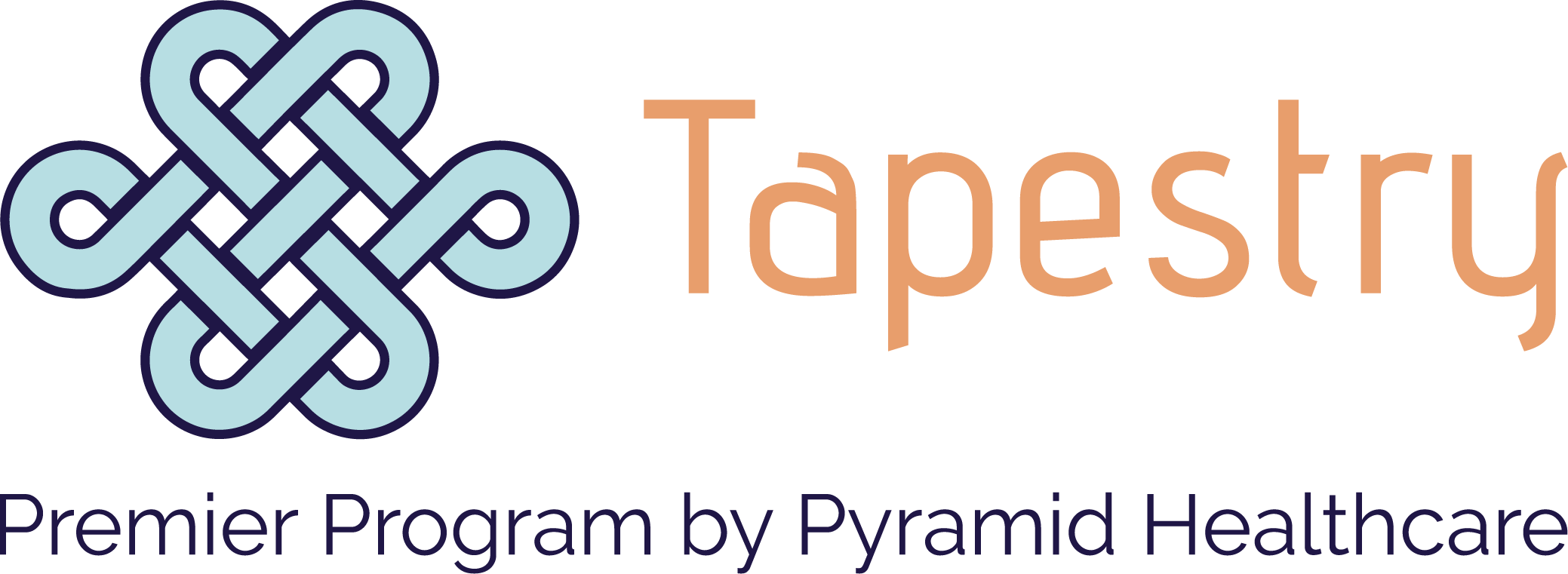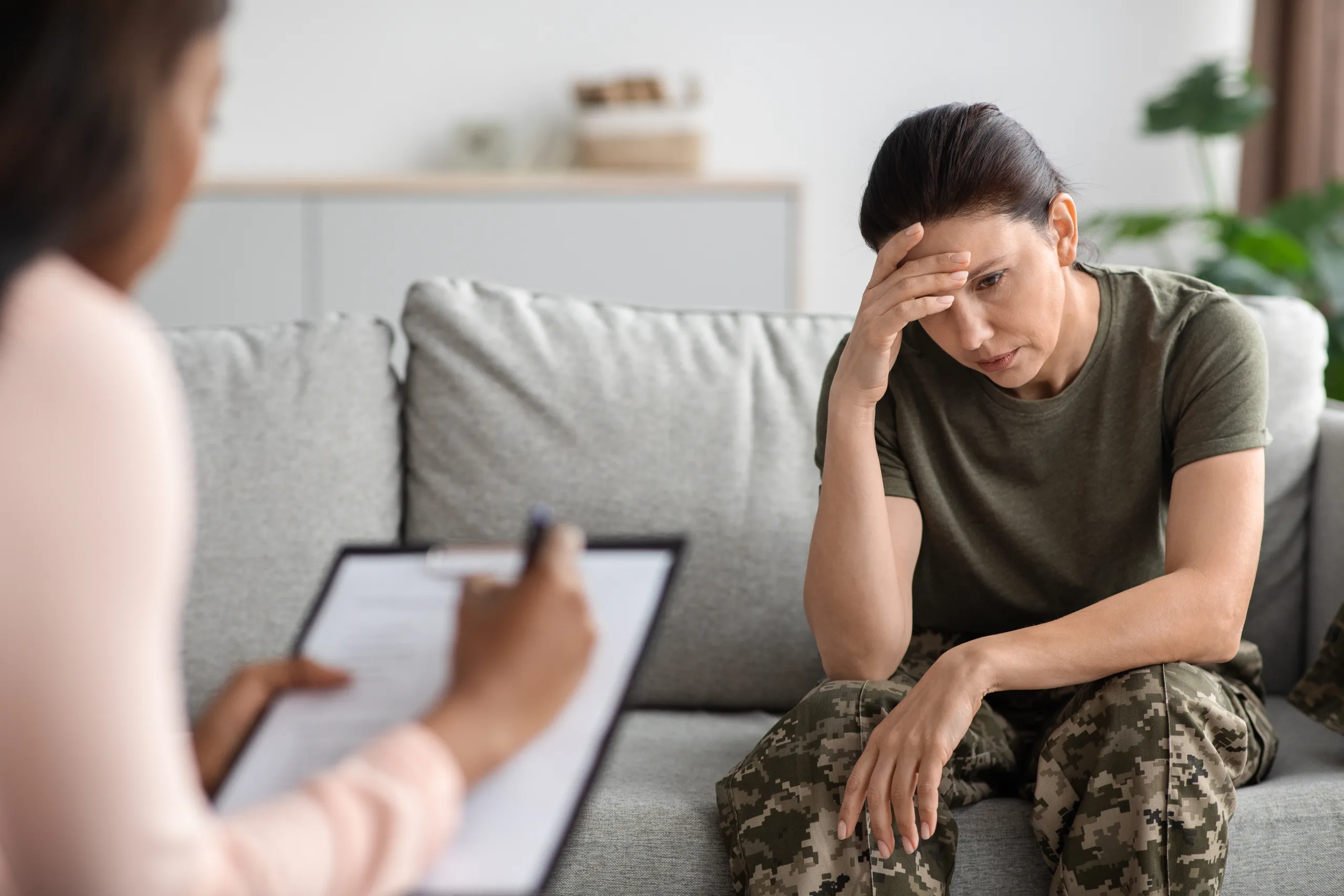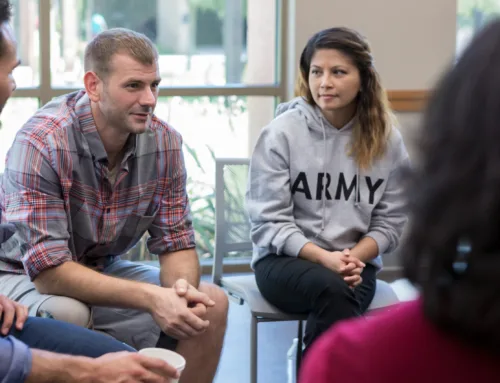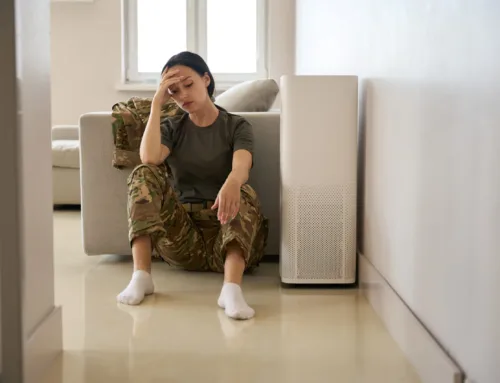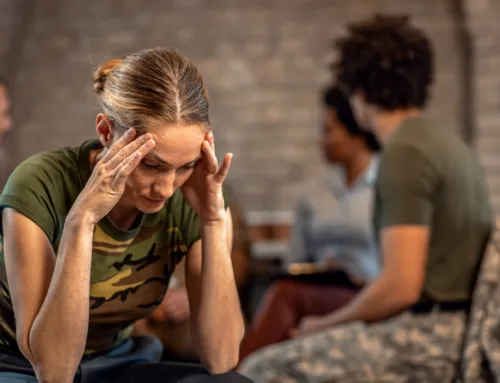Navigating PTSD Treatment for Veterans: Understanding Programs, Statistics and Symptoms
As a result of their experiences during military service, veterans are at risk of developing post-traumatic stress disorder (PTSD), which can have profound impacts on an individual’s quality of life and require specialized treatment. This blog explores veteran PTSD treatment programs, statistics and symptoms.
Understanding Veteran PTSD Symptoms
Veterans experiencing PTSD may exhibit troubling symptoms such as flashbacks, nightmares, hypervigilance and emotional numbness. The sooner a veteran or their loved one recognizes these signs and seeks help, the better, as untreated PTSD can severely impact daily functioning and quality of life.
Exploring Veteran PTSD Treatment Programs
Various evidence-based treatments are available for veterans with PTSD, including cognitive-behavioral therapy (CBT), eye movement desensitization and reprocessing (EMDR) and medication management. Specialized veteran PTSD treatment programs offer comprehensive care tailored to address the unique needs of military service members. These programs often incorporate therapy, peer support groups and recreational activities to promote healing and resilience.
Examining Veteran PTSD Statistics
According to research, the rate of PTSD varies depending on the service era or war in which the veteran served. Approximately 11-20 percent of veterans who served in Operations Iraqi Freedom and Enduring Freedom experience PTSD each year. Around 12 percent of Gulf War veterans and 15 percent of Vietnam War veterans have been diagnosed with PTSD at some point in their lives.
The Road to Recovery: Embracing Veteran PTSD Treatment
Addressing PTSD in veterans requires a multifaceted approach encompassing awareness, understanding and access to specialized treatment programs. By recognizing the symptoms, exploring available treatment options and acknowledging the sobering statistics, we can better support our veterans on their journey to recovery and healing from the invisible wounds of war.
[/fusion_text][/fusion_builder_column][/fusion_builder_row][/fusion_builder_container]
